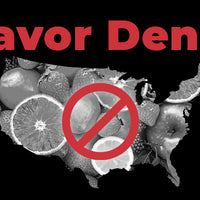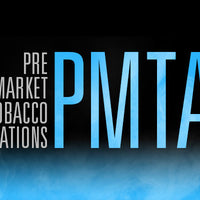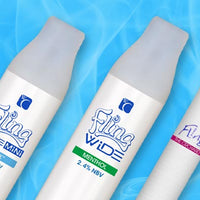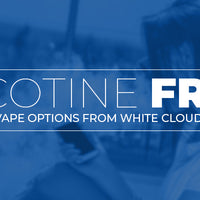As expected, the implementation of the FDA’s Deeming Regulations is off to a rocky start. Although the new rules for tobacco and vape products are just now taking effect, a court ruling has already struck down the FDA’s claim that changing a product’s packaging constitutes introducing a new product to the market, which would have required manufacturers to seek the agency’s approval for simply changing their logos or the colors of their packaging. Although the effort was spearheaded by major tobacco companies, the case is a victory for vapers as well since e-cigarettes are now subject to the same rules as tobacco products in the U.S.
FDA Lawsuit Results in First Change to Deeming Regulations

Back in April 2015, three tobacco companies joined forces to file a lawsuit challenging the FDA’s proposed requirements for the packaging and labeling of tobacco products. According to the Deeming Regulations, tobacco and e-cig companies that wanted to change an existing product’s package design would have to submit a Substantial Equivalence Report, which really just means paying large sums of money to the FDA, as if the company were marketing a brand new item. These types of regulations disproportionately punish vapor products because e-cig companies lack the financial resources of big tobacco companies.
The suit was dropped two months later after the FDA announced that it would seek regulatory comments and postpone enforcement, but the case was revived in September of 2015 once the Deeming Regulations were near finalization. Nearly a year later, in August 2016, a federal judge decided that simply changing the design of a product’s package doesn’t make it a new product; however, if the new package indicates a change in quantity, then the manufacturer must obtain FDA approval.
The plaintiffs argued that the FDA’s rules violated the First Amendment and the Tobacco Control Act implemented in 2009. The judge who presided over the case, Amit Mehta, agreed. Because tobacco products and now vapor products are strictly limited in their advertising avenues, packaging is one of the few ways that brands can distinguish themselves. Judge Mehta concluded that any alterations that do not impact a product’s ingredients shouldn’t concern the FDA. If a company wants to produce larger packages that include more cigarettes, then they must file a Substantial Equivalence Report. The same rule applies for the packaging of e-cigs and their components.
Related: FDA Packaging Requirements for Vapor Products
What Does This Mean for the Vaping Industry?

Since the FDA’s Deeming Regulations officially became law on August 8, 2016, e-cigarettes have been legally classified as tobacco products. Therefore, the recent court ruling will also apply to vapor products, which slightly lowers the burdens now facing e-cig companies.
At least six other FDA lawsuits are pending against the deeming regulations for a multitude of reasons. Hopefully, this latest legal victory will create momentum for further changes to the FDA’s onerous regulations.






